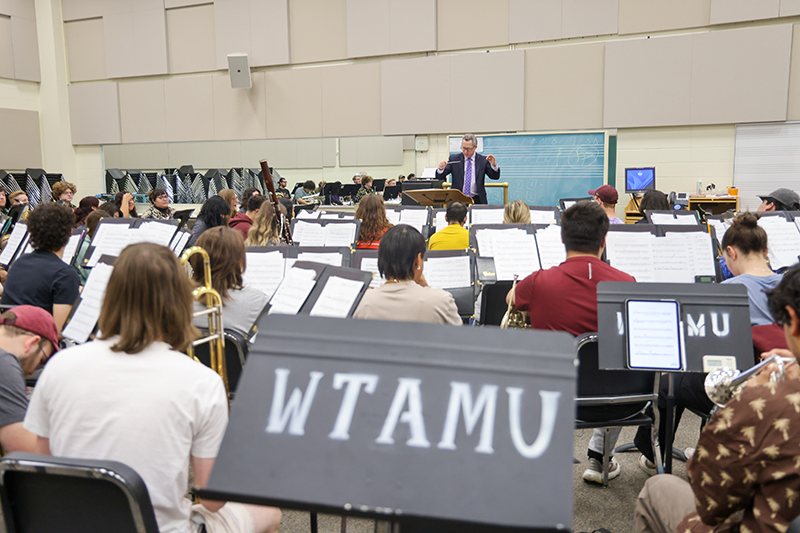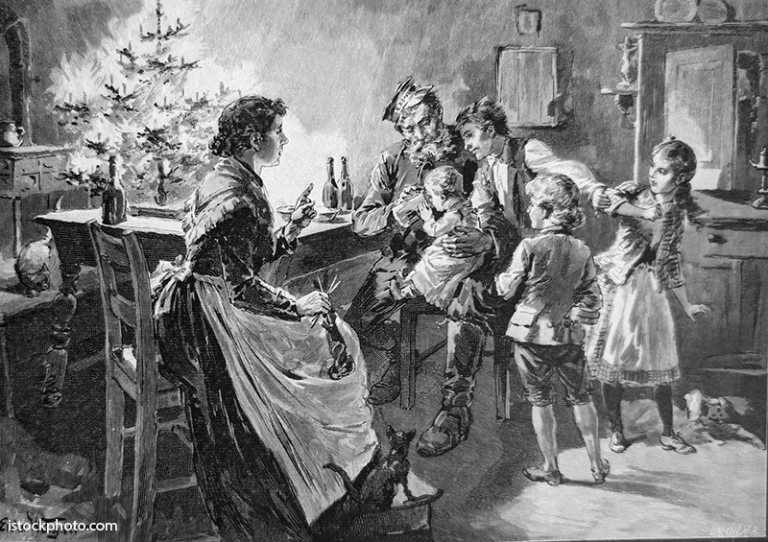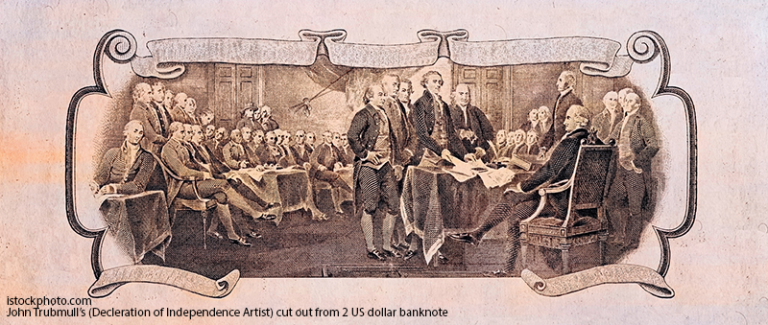
Regional public campuses support arts and culture, enriching the lives of students and the surrounding community. These institutions often serve as cultural hubs, hosting galleries, theaters, concerts, lectures and festivals. These events expose students and residents to artistic and cultural expressions, further developing awareness and critical thinking skills. Additionally, community members benefit from access to performances, exhibits and public lectures, strengthening ties between the university and the region it serves. Regional universities educate students academically and contribute to a more vibrant and culturally rich society.
The New Harmony Gallery of Contemporary Art, led by the University of Southern Indiana, supports contemporary artists, especially those from the Midwest. USI runs the gallery to connect the community to modern art, encourage regional talent and provide experiential learning for arts administration and curation students. In addition, it is located in the Town of New Harmony, a utopian settlement established by the Harmony Society in 1814. The founder, George Rapp, intended to create a religious communal society, isolated from the perceived moral corruption of the outside world. The University of Central Arkansas established the Arkansas Shakespeare Theater, which is dedicated to Shakespeare and classical literature. The theater hosts the state’s only professional Shakespeare festival, engaging students, faculty and the surrounding community in high-quality theatrical productions and educational outreach.
These examples demonstrate the impact of regional universities on their surrounding communities and provide influence and direction for other similarly situated institutions. Public institutions serve as vital cultural engines in their areas, promoting creativity, celebrating heritage and building bridges between campus and community, the essence of a public-serving regional university. Their inspiration often goes beyond the campus, making the arts and cultural understanding accessible in regions with limited opportunities.
And most importantly, WT is committed to supporting and enriching the culture of our region. From a Panhandle perspective, the Sybil B. Harrington College of Fine Arts and Humanities actively supports and enriches local culture across the Texas Panhandle.
WT’s School of Music hosts regular on-campus performances in choral, symphonic, orchestral and small ensemble music, as well as community performances like the WT Showcase of Music at the Amarillo Civic Center held in conjunction with the Greater Southwest Music Festival, which hosts competitive performances for elementary, middle and high school students in the Panhandle. The Rahll Endowment for Showcase in a Suitcase funded a performance of the opera “Dr. Miracle” at the La Rita Theatre in Dalhart and provides opportunities for cultural enrichment across the region. The Center for the Study of the American West continues to explore the rich history, culture, and landscape of the American West and the Southern Plains through faculty research, community tours and visits, and lecture series, like the Garry L. Nall Lecture in Western Studies. The Texas Poet’s Corner hosted the 2024 Poet Laureate, Amanda Johnston. Theatre and Dance performed theatrical performances featuring musicals and plays from various genres. Students, faculty and visiting artist exhibitions appeared in the Dord Fitz gallery, accessible to the community. The Arts at WT: A Subscription Series is a curated, donor-supported season of public events each year that showcases student and faculty performances and exhibitions, enriching the cultural offerings available to Canyon, Amarillo and beyond.
Art faculty such as Dr. Amy Von Lintel and Jon Revett lead community talks, collaborate with museums and teach courses focused on Panhandle art. On-campus cultural enrichment with local impact includes the KWTS 91.1 FM — “The One” college radio station. Located in the Sybil B. Harrington Fine Arts Complex, KWTS broadcasts across nine Panhandle counties and includes local artist showcases like “ONE Sessions at the Live Lounge,” giving visibility to regional talent and fostering community pride.
These are a few examples of the college’s countless faculty, students and events that communicate with, to and through the communities we serve. WT’s contribution to fine arts education in the Panhandle includes teachers of music, art, theatre, dance, English and history serving many schools in the region and providing cultural events within those communities. Educational initiatives embrace a broader cultural mission to build regional identity. The college’s mission includes enhancing the region’s quality of life through community-engaged experiences.
Through mobile outreach, strong museum partnerships, radio support for local artists, curated public events and regionally focused scholarship and teaching, the Sybil B. Harrington College of Fine Arts and Humanities is deeply committed to supporting and celebrating the cultural life of the Texas Panhandle in a strong partnership with the extended campus community of West Texas A&M University.
We see arts and culture as a debt to our home, region and state. Our sense of responsibility for service will have a national impact as a powerful benchmark demonstrating the substantial value of a regional university for precisely what it is: a regional research university.
Walter V. Wendler is the President of West Texas A&M University. His weekly columns, with hyperlinks, are available at https://walterwendler.com/.







